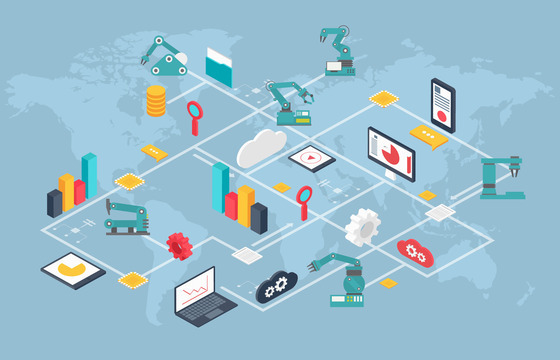
The demand for cold and cooling will pose the biggest single international energy challenge by the middle of the century, according to Professor Martin Freer in a recent BBC News article on the Cold Economy.
At a time when the National Grid is nearing capacity, and with up to 14% of UK electricity already consumed by cooling alone, it’s great to see an increasing focus on cold innovation. But will the rip and replace approach required by many point solution inventions to date appeal to organisations in the short to medium term?
It seems unlikely that replacing every in-store fridge, freezer or food delivery van, for example, is going to appeal to a multiple retailer whose core business focus is selling produce; the cost will far outweigh the immediate benefits. Rather than brand new equipment, harnessing the infrastructure that organisations already have in place seems a much surer starting point for encouraging a noticeable difference.
By tapping into the available data locked within these legacy machines using an Internet of Things (IoT) layer, and integrating it with supply chain and merchandising systems as well as the fridge control systems, the temperature of each fridge can be automatically managed to suit its specific contents. As a result, not only is energy consumption reduced, but businesses can also relieve pressure to the National Grid using demand side response measures, and reduce an annual over chill of millions of degrees.
Perhaps of even more significance to a food retailer’s core business is that this approach provides a competitive advantage; the flexibility and confidence not to overchill products undoubtedly improves quality – watery yogurt, for example, is a familiar purchase in today’s supermarkets due to over-chilling in the cold food chain.
The Internet of Things is clearly gaining momentum, which is testament to its potential to improve customer experience, drive down costs, and transform business operations. It is by considering the core business requirements of a company and then layering IoT over the existing control infrastructure that real gains can be made, while improving the customer offering and addressing the wider economic and environmental challenges.
You can read the BBC 'Cooling Technologies set to become red hot sector' news article Here